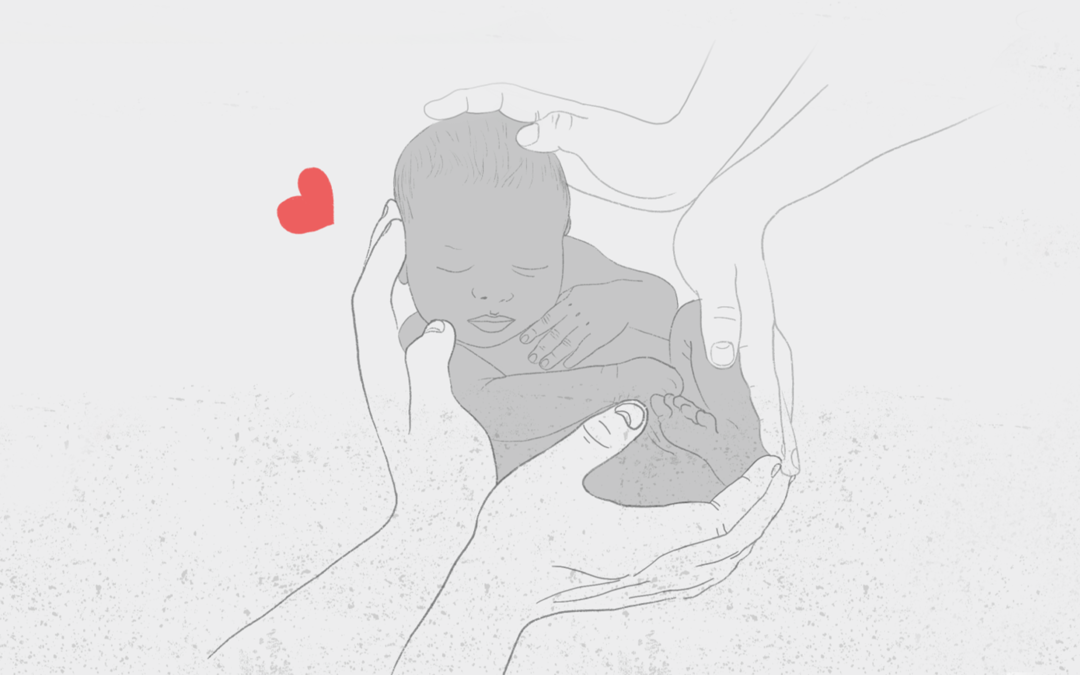The study by IdeaPaís "Perspectivas y Desafíos del Postnatal Masculino en Chile" (Perspectives and Challenges of Male Postnatal in Chile) states that for the leave to be successful, the father must be the holder of the benefit, eliminate the monthly cap (73UF), and be flexible in terms of time.
One of the objectives of the Parental Postnatal Leave Law (PPP) was that men could access postnatal weeks and dedicate more time to their children and thus encourage co-responsibility in care and upbringing. However, according to data from the Superintendence of Social Security,since its implementation, only 0.23% of the total subsidies have been transferred.
Although the PPP has meant a tremendous contribution for mothers and children who have been able to spend more time together,what it does today is to provide the possibility of sharing -giving the father a number of weeks of the mother's time-, and not to share the carewith a co-responsibility approach.
"We can find cultural and social factors, but also flaws in policy design. In most countries, for example, including Chile, reconciliation policies refer almost entirely to "women's rights" without considering the rights and duties of men," says Emilia García, Public Policy researcher at IdeaPaís.
"This reinforces - through legislation and public policies - on the one hand, the dual role of women (as mother and worker) and the idea that the father is a guest in the upbringing," she adds.
This is why the IdeaPaís study "Perspectivas y Desafíos del Postnatal Masculino en Chile" analyzes the functioning of the PPP law and exposes three factors that have discouraged the transfer of postnatal weeks to fathers.
The first is the entitlement to the right to postnatal care. The PPP was conceived as an extension of postnatal leave for mothers, who can voluntarily cede part of it to fathers. However, the evidence indicates that one of the characteristics that contributes to an increase in the rate of use of these permits is the criterion of non-transferability of this right, which does not depend on the mother's will. This is the case in countries such as Norway and Sweden.
The second is the cap on the monthly subsidy, which is currently 73 UF. This discourages fathers who earn more than the ceiling from requesting the transfer. And finally, the father is now obliged to take his five days of postnatal leave during the first month after the birth, and the weeks carried over immediately after the postnatal period for women, which is an absolutely rigid regime.
Thus, in order to encourage men to use the leave and for it to be truly successful, Emilia García explains that "the number of days of postnatal leave for men should be increased; the cap on the subsidy should be eliminated and it should be financed by the State and not by the employer; and finally, the use of the leave should be made more flexible by allowing it to be divided into different periods".
The researcher from IdeaPaís adds that taking into account these three factors, it is possible to design a new Protection System, not only for maternity, but also for paternity.
Finally, she reflects that "if care is not seen as a responsibility that involves fathers and mothers, the burden on women will be greater. At the same time, if men do not set an example for their children, there will be fewer people willing to do so in the future".

